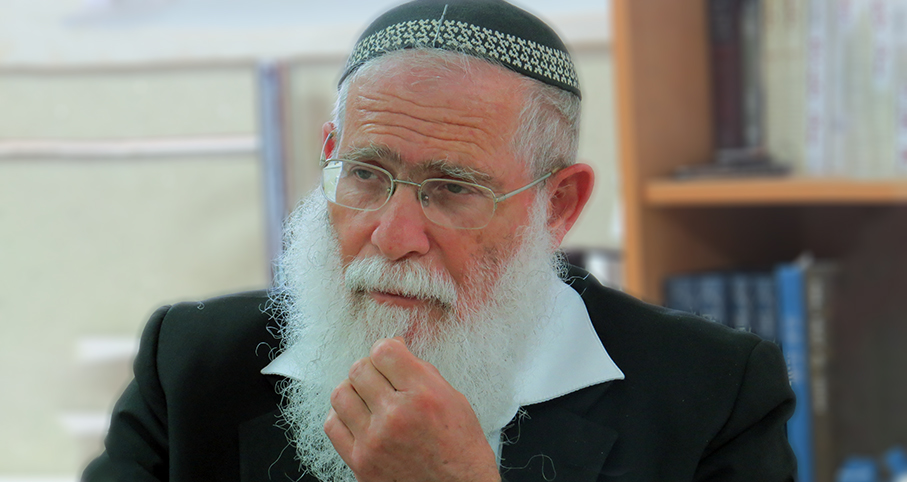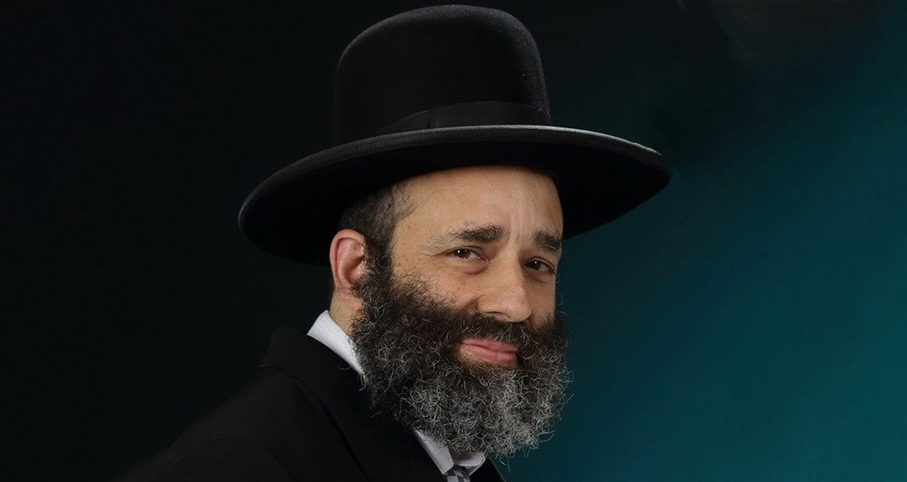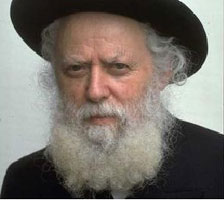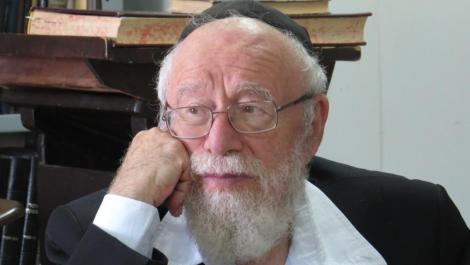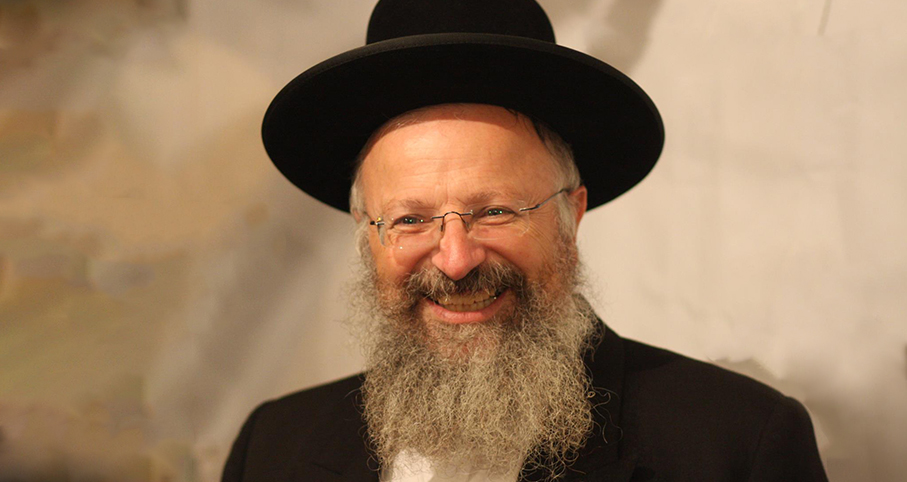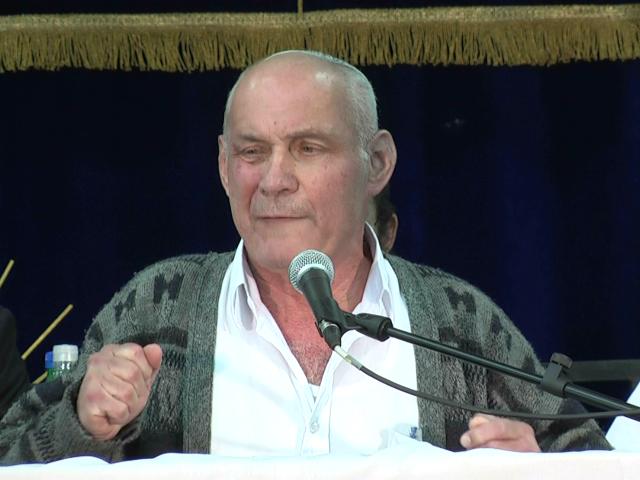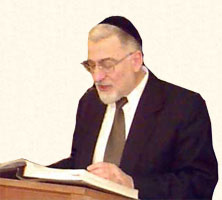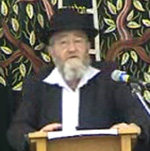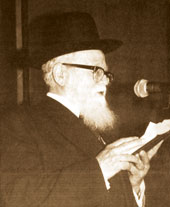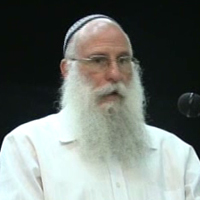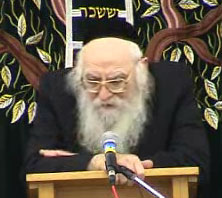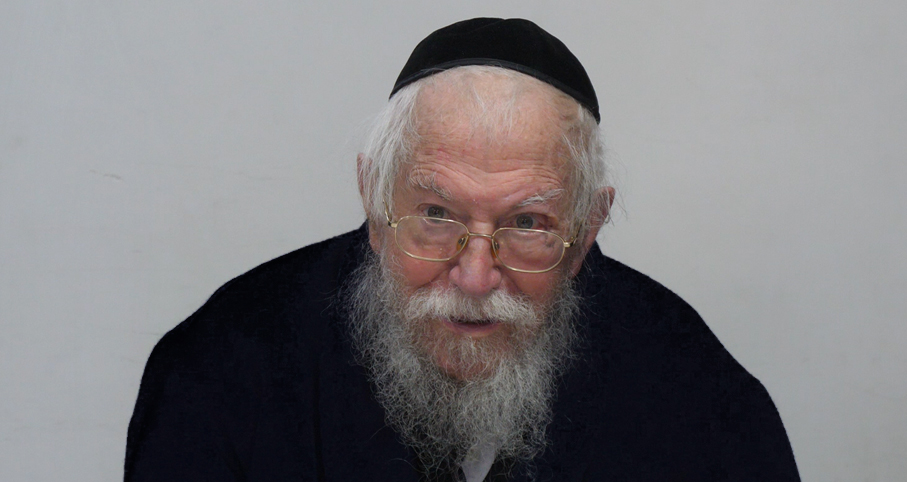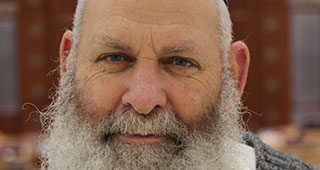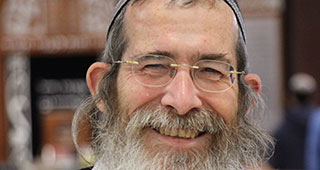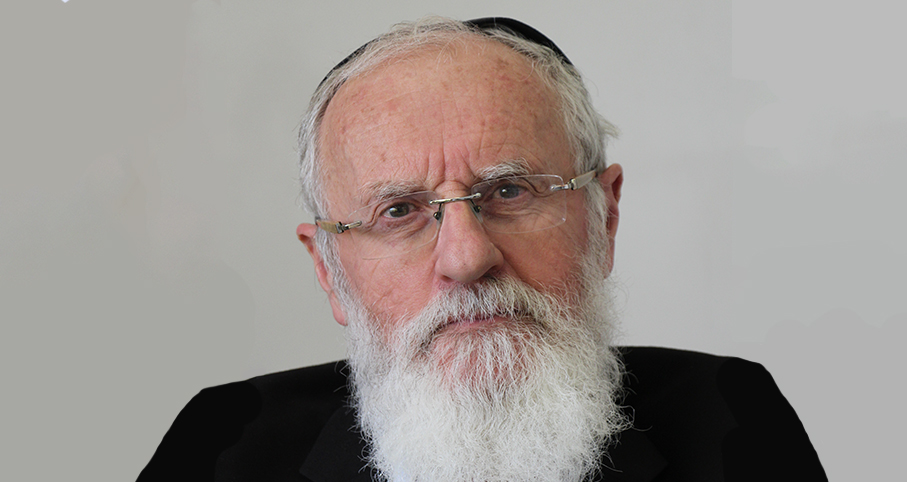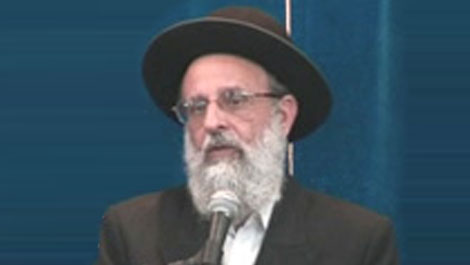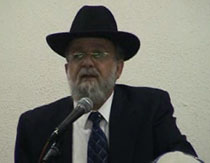Beit Midrash
- Sections
- Chemdat Yamim
- Parashat Hashavua
- Torah Portion and Tanach
- Shmot
- Mishpatim
In the days of Yehoshua bin Nun, Adoni Tzedek, the King of Yerushalayim, was the head of the treaty of the kings of the south of Eretz C’na’an. He tried to stop Yehoshua’s conquests after he took Yericho and Ay and after he made a treaty with the cities of the Givonim. Yehoshua killed Adoni Tzedek and his friends (see Yehoshua, ch. 10); however, it does not say what happened to the city of Yerushalayim.
It is explicit in the beginning of Sefer Shoftim (1:1-8) that after the death of Yehoshua, the Tribe of Yehuda conquered the city and set it afire. It is clear from the context of these sources that the inhabitants of the city were C’na’anite/Emorite. However, in Yehoshua 15:63, it says that Bnei Yehuda were unable to remove the Yevusi inhabitants of Yerushalayim and that they remained there "until this day." From the list of the cities of Binyamin, we see that Yerushalayim was on the border of that tribe (see ibid. 18:28). This tribe, as well, did not remove the Yevusi from the city (Shoftim 1:21). So Judeans and Binyaminites did not enter the city, and while the C’na’anites/Emorites fled when their king was killed, the Yevusis remained.
We also see from the tragic story of pilegesh b’Giva that Jews did not live in that city in the time of the Shoftim. The Levite was travelling northward with his concubine when night was starting to fall. The idea of sleeping in Yerushalayim/Yevus arose, but he said that he did not want to sleep in a non-Jewish city, and therefore they went on to Giva, where atrocity occurred (Shoftim 19:10-12).
The city is not mentioned again until the time of Shaul. After David killed Goliat, we see from the p’sukim, which mention Goliat’s head being brought there (Shmuel I, 17:54), that it was clear to David that the city had a place in the era of national renewal that was arising from the throwing off of the yoke of Plishti domination. Even when the navi describes bringing the ark from Chevron to Yerushalayim, the Yevusi inhabitants of the city are mentioned (see Shmuel II, 6).
At the end of the historical process, Aravna had become a ger toshav (see Avoda Zara 24b), a full ger (Ralbag), an officer (Rashi), or a monarch under David’s tutelage (Radak). According to the Radak, Aravna’s little kingdom was up there on the mount, as David, who did not yet realize the significance of the place, allowed him to remain there peacefully, until he had fuller understanding.
Next week, we will see how David learned the importance of the place. Hopefully soon we will see it fully rebuilt.
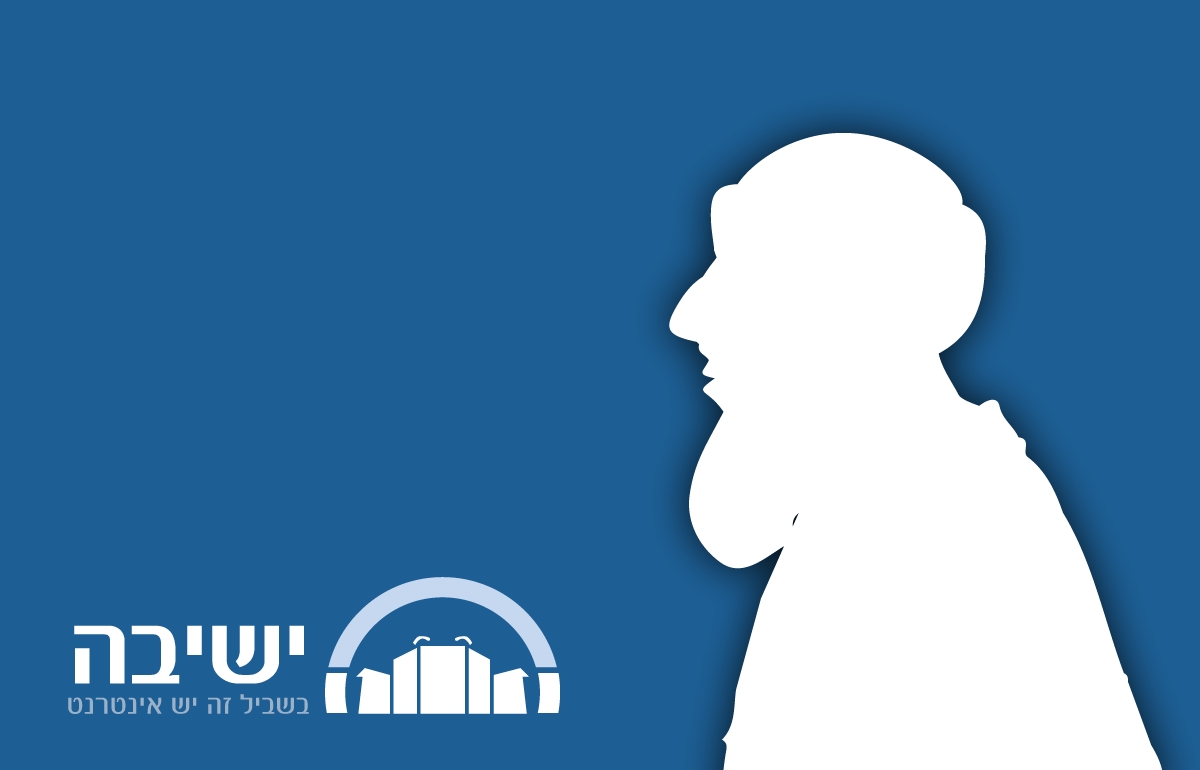
Monotheism in Egypt?! Yes!
Various Rabbis | Tevet 5768
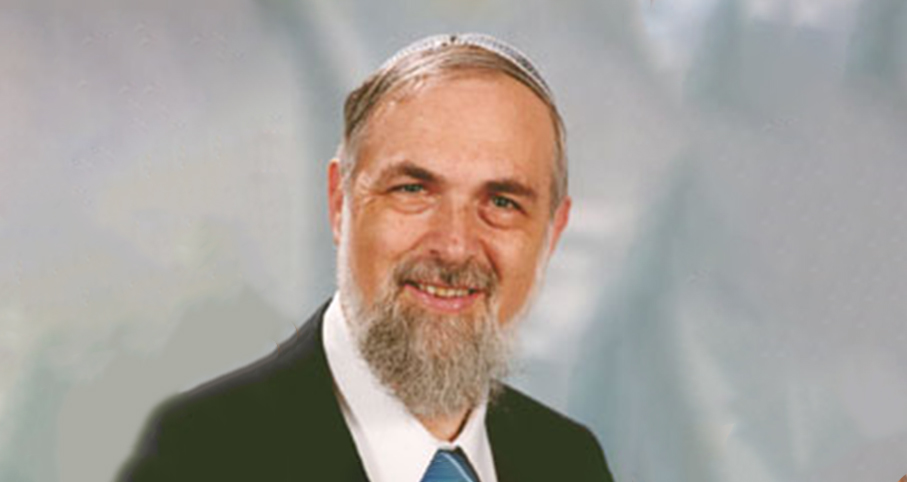
“You Shall Do for Me a Sanctuary... Tabernacle”
Rabbi Yossef Carmel | 28 Shvat 5768

Parashat Hashavua: 137 and the Power of Uncertainty
Rabbi Yossef Carmel | Cheshvan 5786

